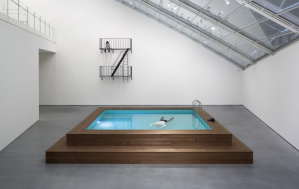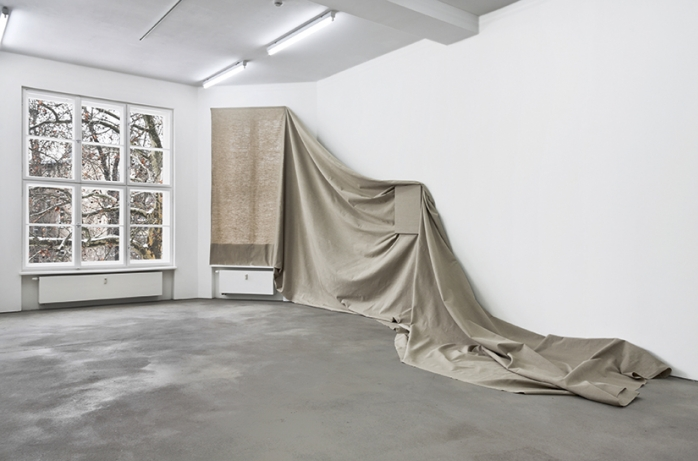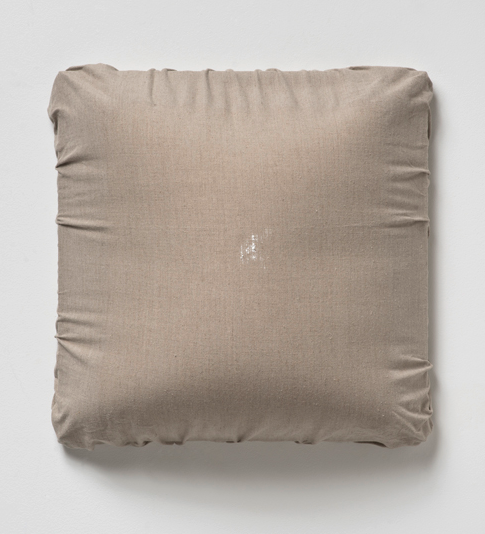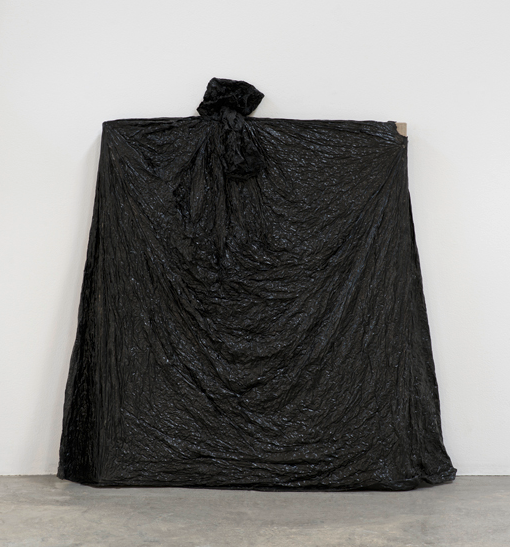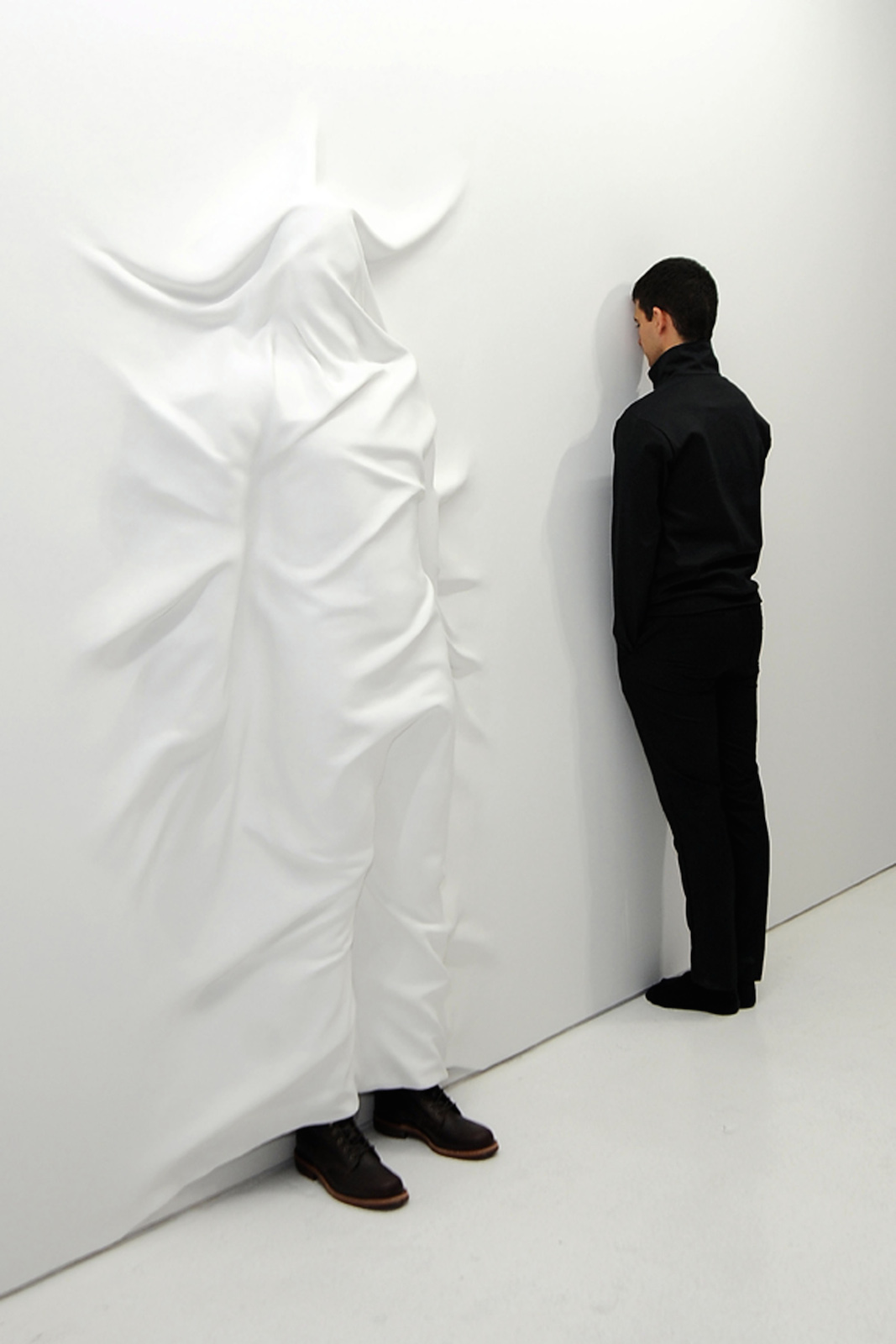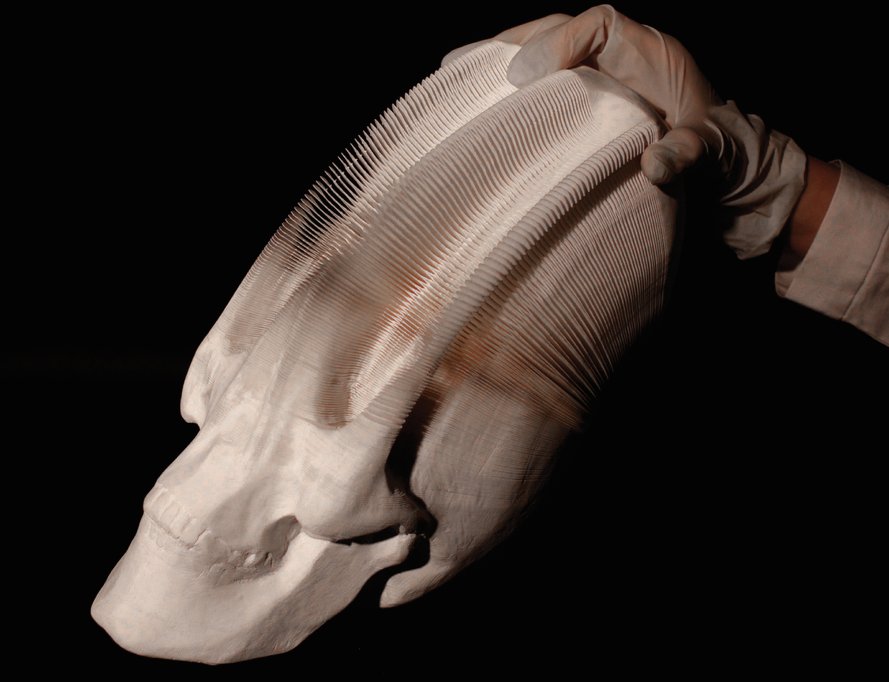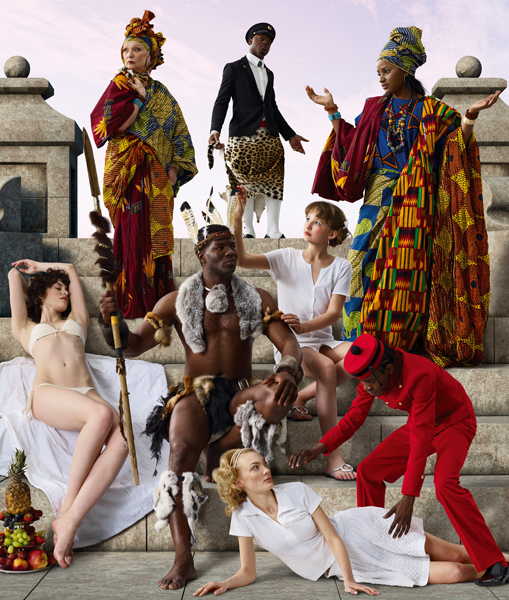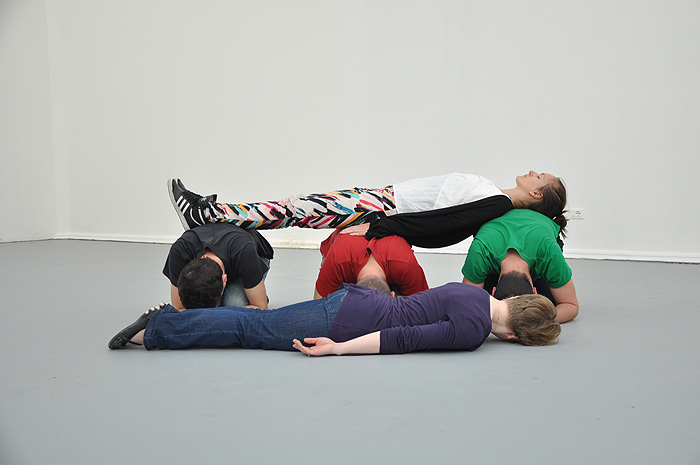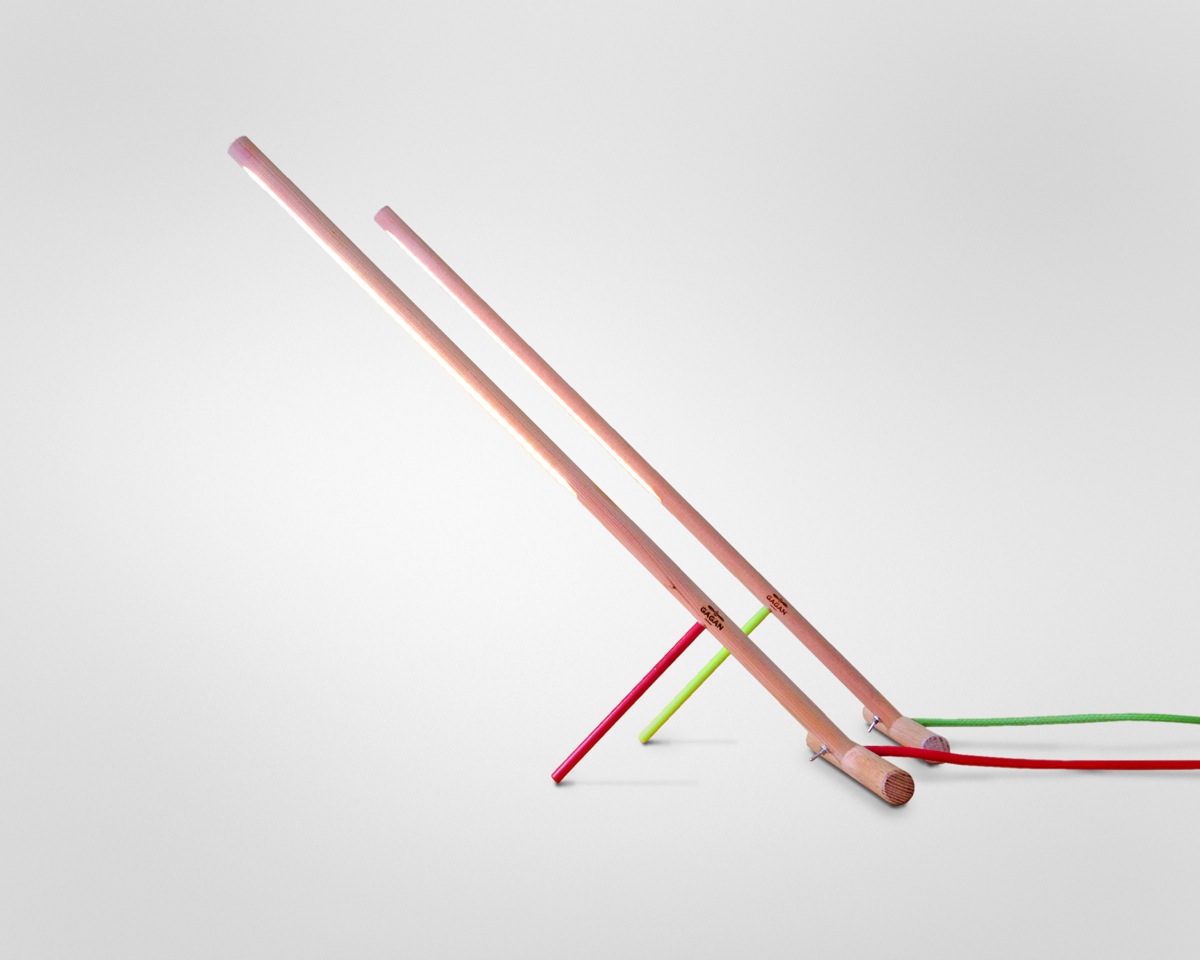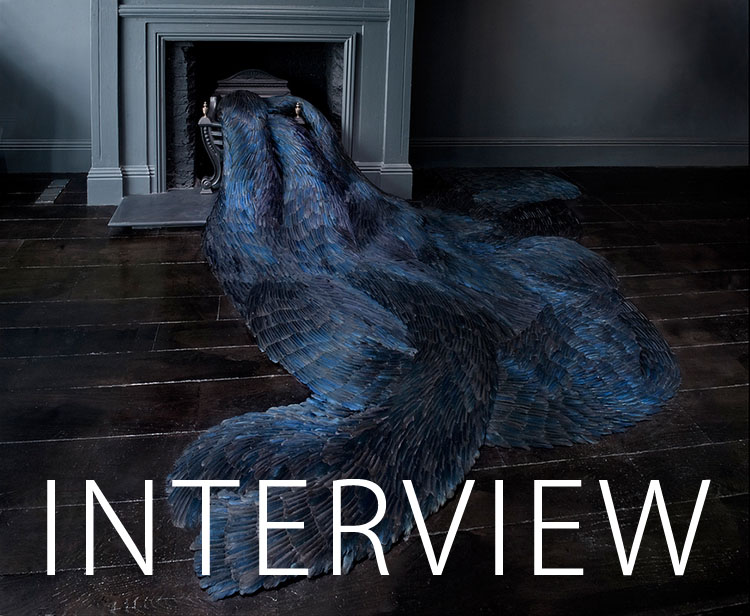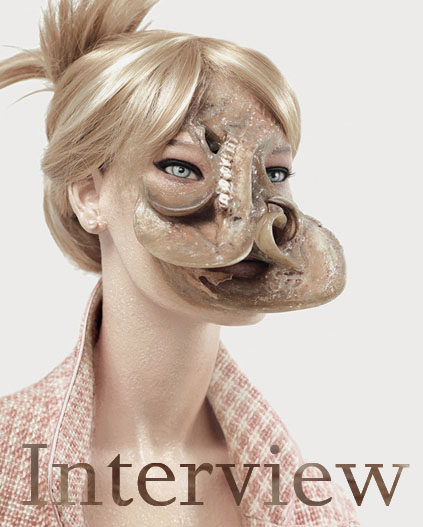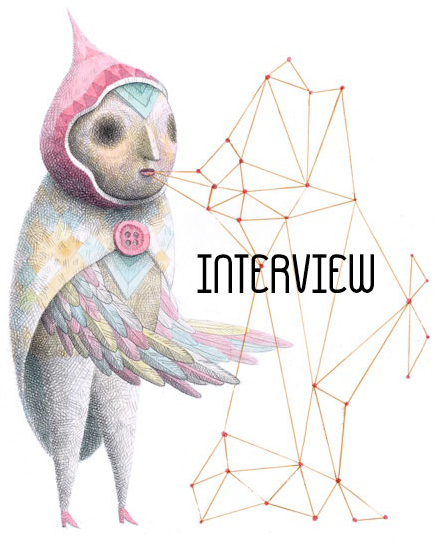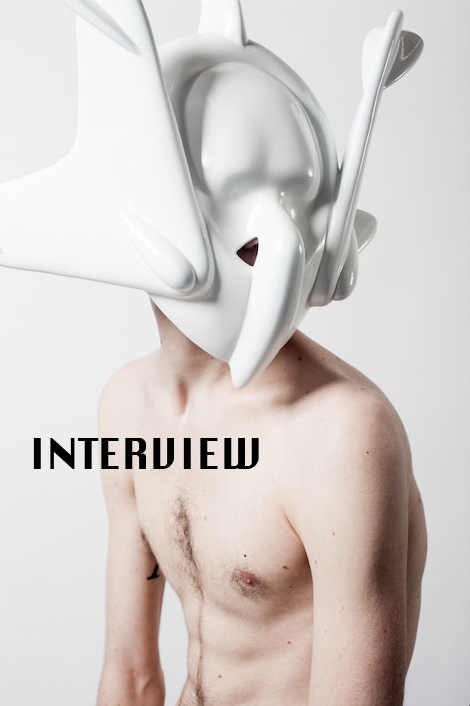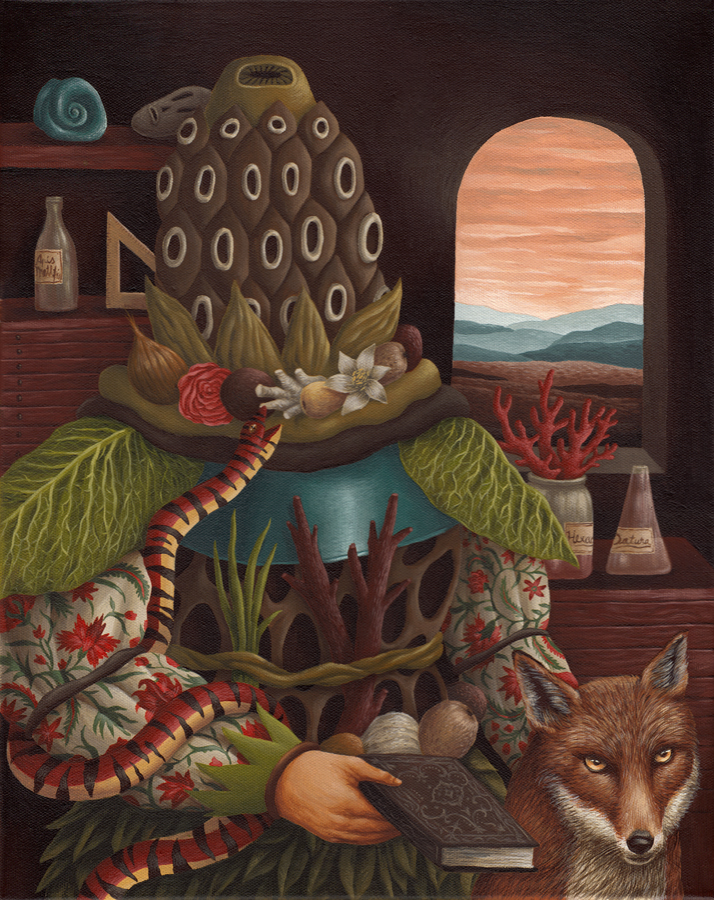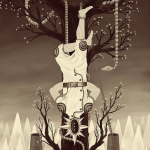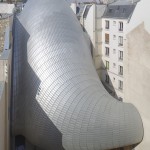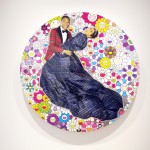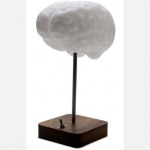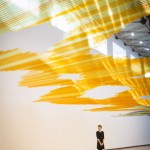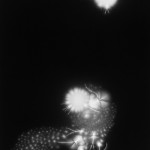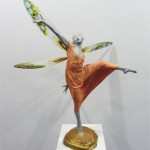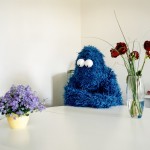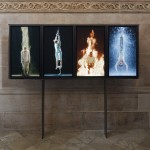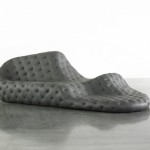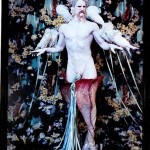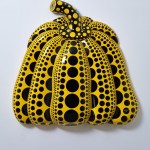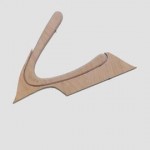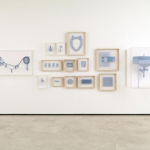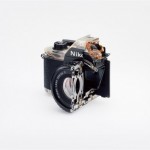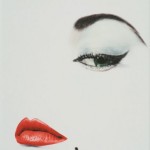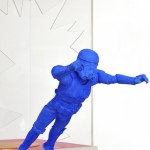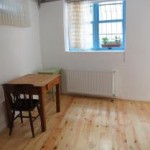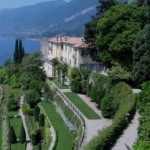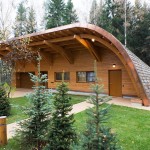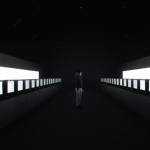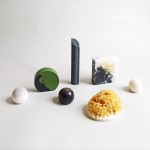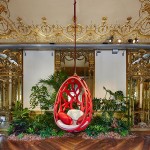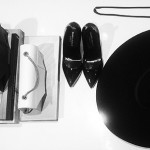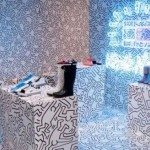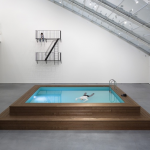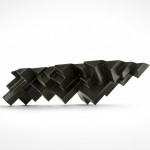INHALE is a cultural platform where artists are presented, where great projects are given credit and readers find inspiration. Think about Inhale as if it were a map: we can help you discover which are the must-see events all over the world, what is happening now in the artistic and cultural world as well as guide you through the latest designers’ products. Inhale interconnects domains that you are interested in, so that you will know all the events, places, galleries, studios that are a must-see. We have a 360 degree overview on art and culture and a passion to share.

Analia Saban has gained renown for work that playfully carves open the conventions of photography, painting and sculpture. Interiors, her third exhibition with Sprüth Magers and her first in the London gallery, evokes an array of ideas about how genre and media affect our perception of different artworks, and vice versa. Using the constituent parts of her media as her very subject matter, Saban constructs a dialogue between the conventions that delineate various genres and the manifestation of these characteristics in the anatomy, or ‘interior’, of individual artworks.
In the large gallery, Claim (from Chesterfield Sofa) (2014) appears at first glance like two objects – a sofa and, with a sly nod to that interior-decorating cliché, the painting above it in matching neutral colours. But the work is in fact a single, integrated sculpture, with both objects unified by the large piece of canvas that they share. The canvas spreads and grows from the stretcher, invading the interior of the room, perversely merging with the sofa. The paradoxical mood of this work extends to Draped Marble (Fior di Pesco Apuano) (2015), where a thin slab of marble hangs from a pristine sawhorse as if it were a wet towel. Cracking where it folds, yet just maintaining its form, the marble fails to live up to its essence as a material prized for hardness and permanence. The traditional still life is treated with similar irreverence in Fade Out (Bouquet of Flowers, in Ten Steps) (2015). An elegant line drawing of flowers is repeated ten times to create a polyptych. With repetition the image becomes increasingly distorted: as the viewer moves from left to right, the lines in each drawing become heavier and darker, until the legible still life becomes obliterated by black ink. As an involuntary force appears to overwhelm the picture, Saban reimagines the still life as a machine-made abstraction. An element of time or evolution is suggested by the structure of the work, which the viewer can read either way: an abstraction reducing itself to a clear image, or an image giving in to entropy, becoming a nameless shape.
Saban’s surgical treatment of her material extends to photography: she will drag a still-wet photograph across a textured surface, or scrape the emulsion off the paper. In Markings (from Paint Storage) (2014) Saban scrapes a photograph that depicts a shelf of paints before reapplying the emulsion to an adjacent canvas. Saban taps into ideas and forces that she finds within the photographic image, as if the depicted object – the cans of paint – transform to become actual pigment and a rival to the artist. Throughout Interiors, Saban seems to discover an inner life in each artwork, constituted in part by the conventions of media and genre. She converses with, even fights against, the materiality of each painting, photography or sculpture, and each work endures as a hard-won depiction of that process.
Analia Saban was born in Buenos Aires, Argentina, in 1980 and lives in Los Angeles and New York City. She has exhibited widely in both solo and group shows. Recent group exhibitions include Variations: Conversations in and Around Abstract Painting, LACMA, CA, Vibrant Matter, Kiosk, Ghent, Belgium (both 2015), An Appetite for Painting, National Museum of Norway, Oslo (2014), Expanding on an expansive subject, Part 2: Analia Saban, Is this a painting?, Armory Center for the Arts, Pasadena, CA (2014), Le Club des Sous L’Eau / Nouvelles Vagues / Young Curator Season, Palais de Tokyo, Paris (2013), the Hammer Museum’s first Los Angeles biennial exhibition, MADE IN LA 2012 and LA>La Ballena Negra, MARCO Museum of Contemporary Art, Vigo, Spain (2012), Lost Line: Selections from the Permanent Collection, Los Angeles County Museum of Art, Los Angeles, (2012), and Pour une grammaire du hazard, FRI-ART, Centre d’art Contemporain de Fribourg, Switzerland (2012/2013). She is the recipient of the Norton Museum’s Rudin Prize For Emerging Photographers Award (West Palm Beach, 2012), the Santa Monica Artist Fellowship (2010), as well as grants from the Durfee Foundation (2009) and the Fundacion Antorchas Fellowship (Buenos Aires, 2003 – 2005).
via spruethmagers.com


